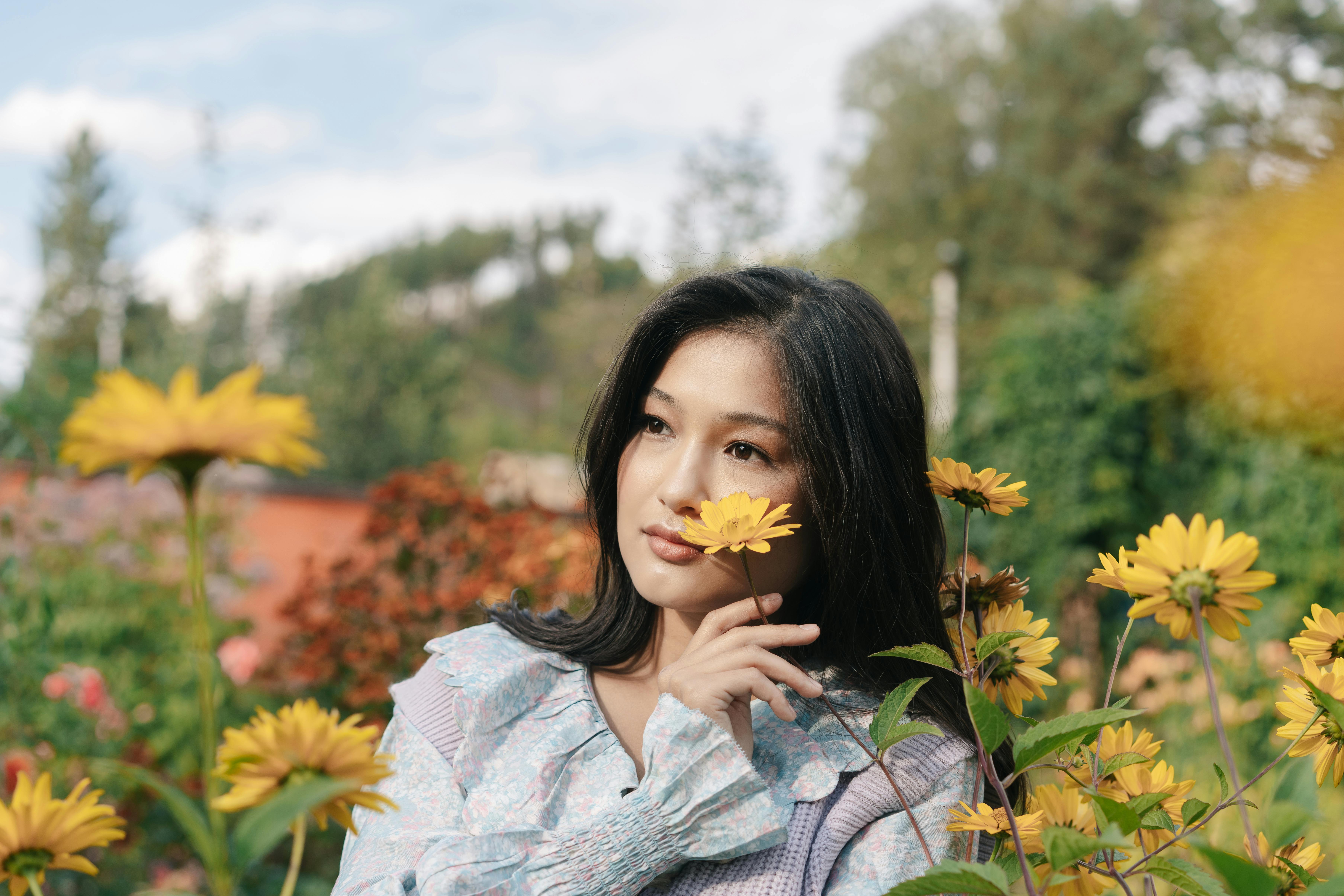Eastern bridal customs are intricate and diverse. The region’s vibrant faiths deserve to be praised for their uniqueness. The most significant traditions, rites chinese sexy women, and festivities that are prevalent at Eastern relationships are examined in this article.
The groom’s household pays a visit to the bride one week before the marriage and brings various gifts in red baskets or boxes. These include a variety of plan gifts that represent wealth and procreation, as well as an appreciation marriage that is sent to the kid’s parents for raising their kid https://core.ac.uk/download/pdf/217396743.pdf.
Both families set a time for the ceremony after the marriage and dowry payments are paid. The day following the full moon is typically chosen by the female’ community because it is thought to be the luckiest time.
The bride and groom both dress in traditional Asian attire on the great day. The bride wears a stunning sari ( saree ) or salwar kameez ( long dress with wide pleats at the bottom ), choora, kalira ( gold or silver jewelry fastened to the bangles ), mangalsutra ( a gold necklace with black beads ), and sindoor (vermilion mark on the forehead ). The groom is dressed in a saree, hat, and dhoti sari, also known as pajama.

The ceremony is held beneath a mandap that has been ornately embellished with plants and draped fabric. Along with their parents and other close family members, the couple is seated. Lyrics are sung by two musicians, and they teach the pair how to coexist as husband and wife while also conveying moral values. A lucky female trims the bride or groom’s tresses four days with pine leaves after the lyrics are sung. The song played during the entire service is by Shehnai and Dhol.